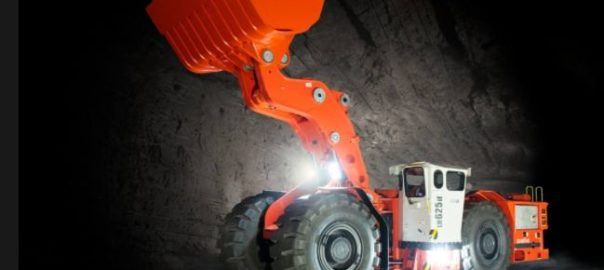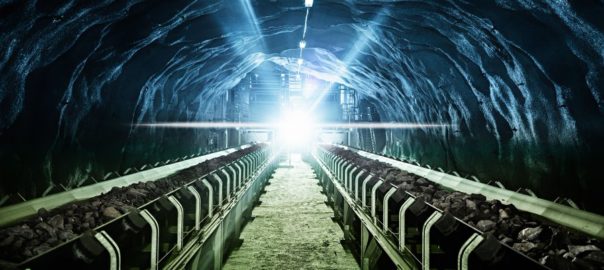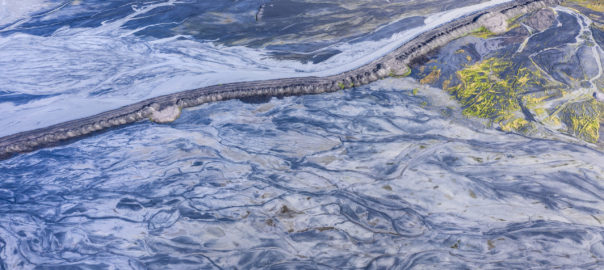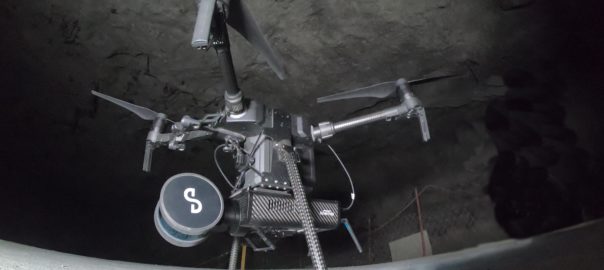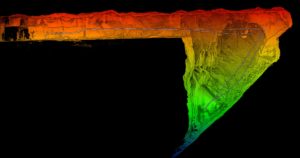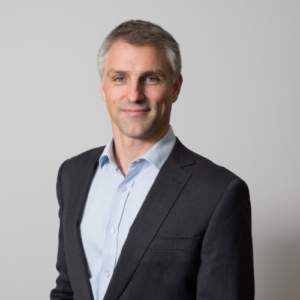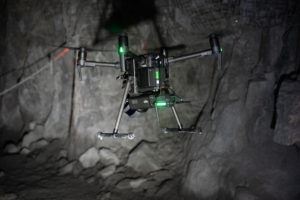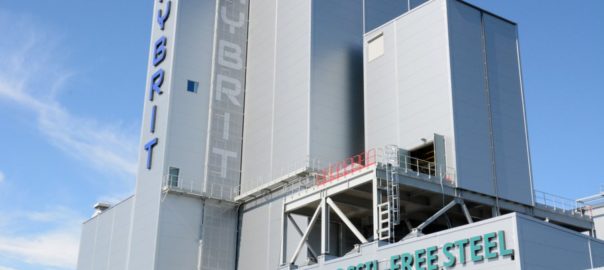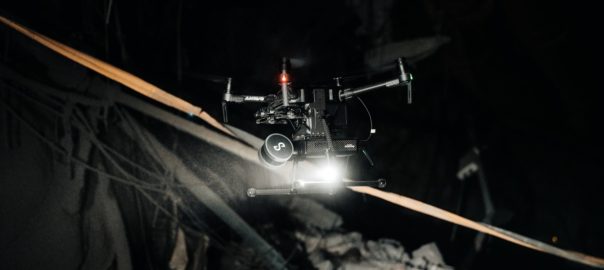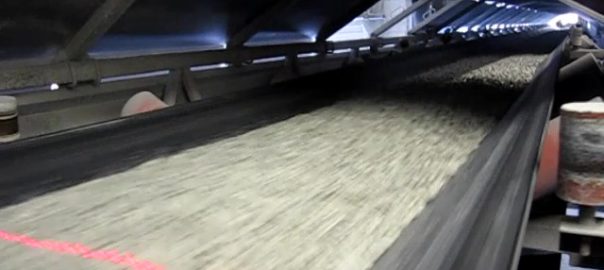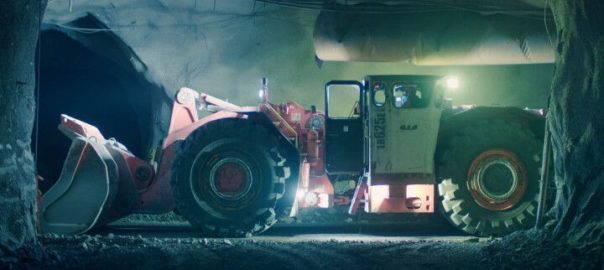Having been on a journey to electrify its operations with Sandvik since the mid-1980s, LKAB says the latest addition to its electric fleet, a Sandvik LH625iE, is performing well at its flagship Kiruna iron ore mine in northern Sweden.
The company took delivery of the “renewed” Sandvik LH625iE electric loader for field testing earlier this year and, according to Per Brännman, Section Manager for sublevel caving at LKAB in Kiruna, the machine’s performance has picked up recently after some adjustments, mainly to the cable reeling system.
“It has completed 350 hours without any error codes or stops, and loaded over 140,000 t of crude iron ore,” he said.
The machine in question is operating down on block 15, level 1022, at the iron ore mine, and the company is expecting to put another LH625iE into action on this level in early November.
“The future looks bright and carbon dioxide free,” Brännman said.
The underground loader, which features a 9.5 cu.m bucket and 25,000 kg payload capacity, is designed specifically to operate in the world’s largest underground iron ore mine. It comes with a total length of 14 m, bucket width of 4 m and cabin height of 3 m.
The basic LH625iE design is well-proven (and based on the LH625E), according to Sandvik, with the equipment manufacturer delivering electric loaders powered by a trailing cable for more than 35 years.
In addition to using the proven design and robust structures, Sandvik says its LH625iE belongs to its i-series, featuring advanced technology, the latest digital solutions and smart connectivity. This sees the new Sandvik LH625iE equipped with Sandvik Intelligent Control System and My Sandvik Digital Services Knowledge Box™ as standard. To use the payload capacity it offers, the loader can also be fitted with Sandvik’s Integrated Weighing System, as well as AutoMine® and OptiMine® solutions, Sandvik said.







